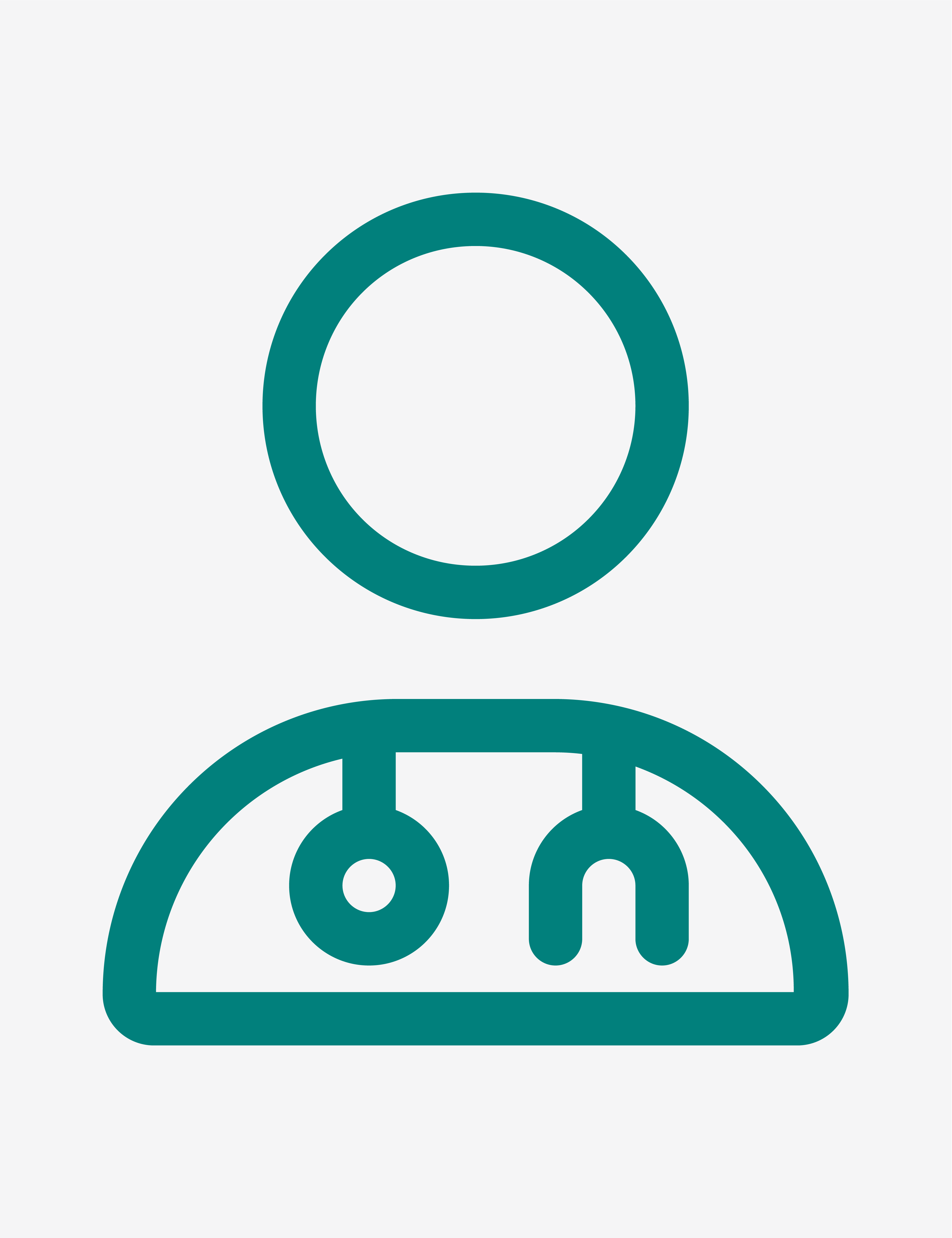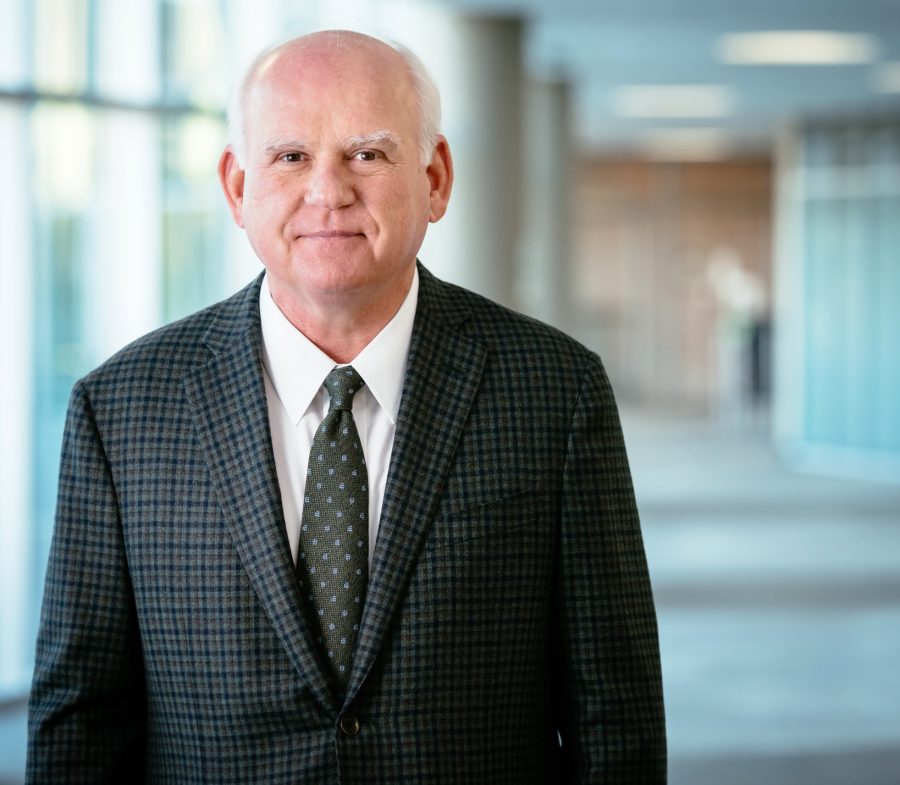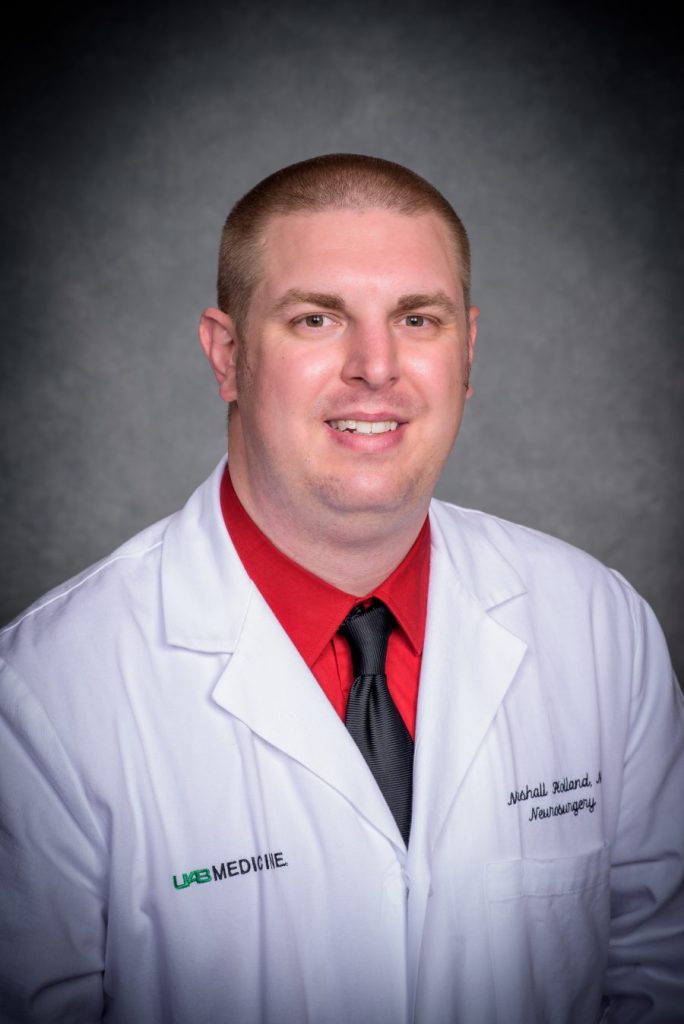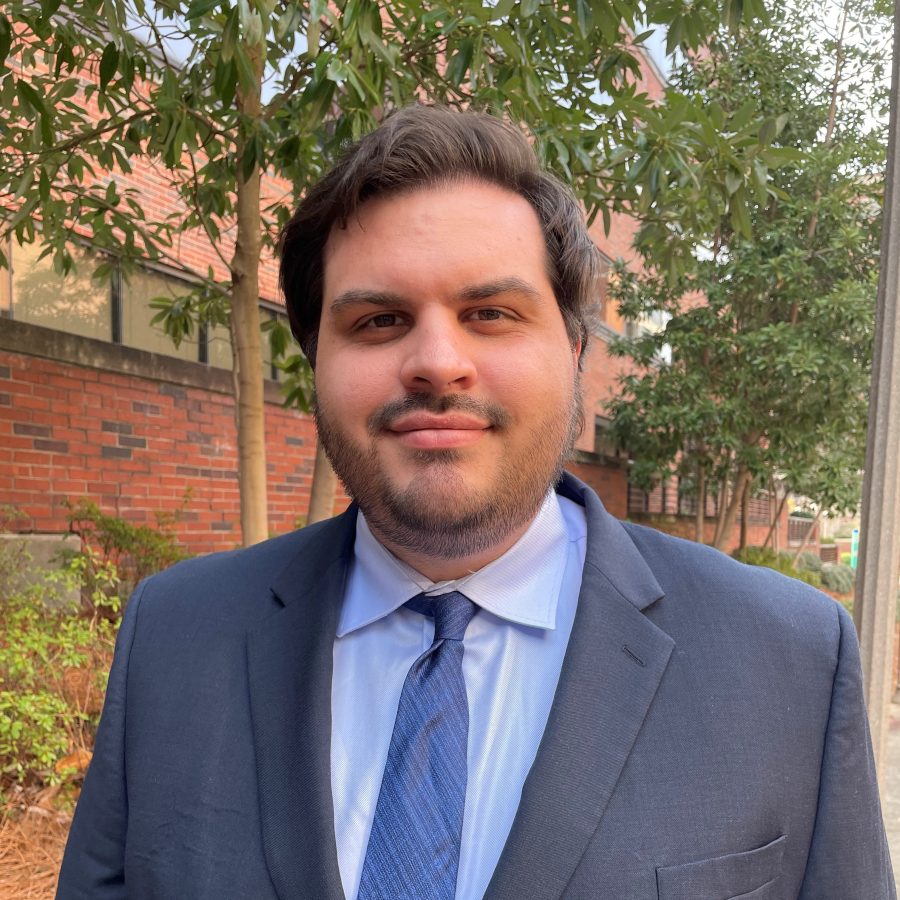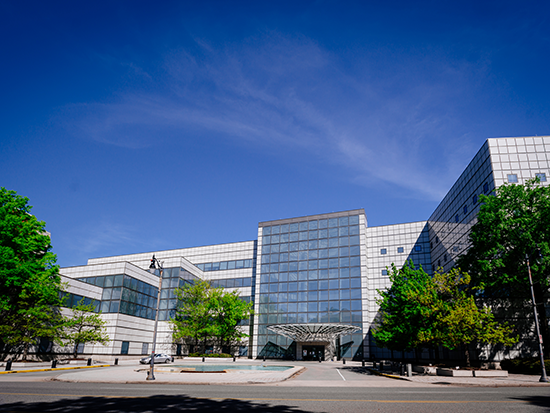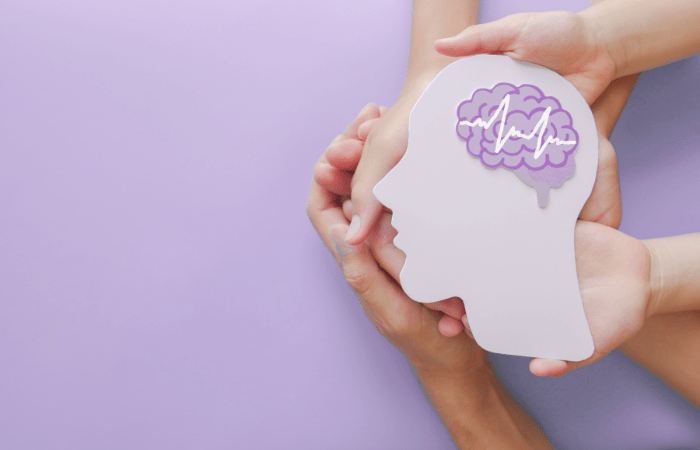Deep brain stimulation (DBS) is a type of brain stimulation therapy that was first developed to reduce uncontrollable movements and other problems seen in people with conditions such as Parkinson’s disease, dystonia, and essential tremor, particularly when these issues are not well controlled with medication. Also, it is an experimental treatment for certain other medical conditions, including some psychiatric disorders. For many patients, DBS can be life-changing.
DBS is performed in a hospital operating room. It involves the implantation of a pair of electrodes in the brain and a control generator in the chest, which work together to provide continuous stimulation to a targeted area of the brain. DBS stimulation settings are personalized for the individual, to give the best chance of success and minimize side effects.
Depending on the case, the procedure is performed with the patient either awake or asleep. In cases where the patient’s feedback is critical during the procedure, the patient is awake but his or her head is numbed with local anesthesia, so that no pain is felt. Whether awake or asleep, the patient’s head is shaved and attached to a frame to keep it from moving during the procedure. Using MRI and CT scans as a guide, the surgeon drills two holes in the skull and places electrodes into the brain, on each side of a specific area associated with the condition being treated. Wires from the electrodes are guided under the skin to the chest, where they are attached to small, battery-powered generators. The procedure carries a small risk of infection or bleeding.
Deep brain stimulation (DBS) is a type of brain stimulation therapy that was first developed to reduce uncontrollable movements and other problems of Parkinson’s disease, dystonia, and essential tremor when symptoms cannot be adequately treated with medications. It is an experimental treatment for some psychiatric and other conditions. DBS takes place in a hospital operating room. It involves the implantation of a pair of electrodes in the brain and their control by a generator implanted in the chest to provide continuous stimulation to a targeted area of the brain. DBS electrical frequency and level is personalized for the individual. The patient’s head is numbed with local anesthesia so no pain is felt, and the patient is awake to provide feedback to the surgeon. The head is shaved and attached to a frame to keep it from moving during surgery. Using MRI and CT scans as a guide, the surgeon drills two holes in the skull and places electrodes into the brain on each side of a specific area associated with the diagnosis. Wires from the electrodes are guided under the skin to the chest, where they are attached to small, battery-powered generators. The procedure carries a small risk of infection or bleeding.
UAB Medicine is one of the leading and largest deep brain stimulation (DBS) centers in the nation, performing about 100 such procedures annually. UAB was an early pioneer in DBS, and our physicians have a long and successful track record with the treatment. UAB remains on the cutting edge of DBS treatment, and UAB neurologists are consistently named among the top doctors in the United States. Supporting these physicians is a team of researchers who work in numerous areas, from basic science to clinical work with patients. Through national clinical trials and UAB’s own research, new therapies often are available to patients years before they are offered at other medical centers.
Care Providers
Resources
Related Specialties
Clinical Trials
Speak to your physician about your options and browse the link below for more information
Latest News
View All News-
How chronic stress rewires the brain
April 15, 2025
-
$10 million endowment to UAB will support Parkinson’s, Alzheimer’s, Huntington’s and ALS research and education
April 14, 2025
-
UAB eMedicine launches Online Second Opinion service
March 31, 2025
-
NARSAD award will allow rare glimpse into the neural mechanisms of depression
December 19, 2024
-
UAB adds new MEG technology to enhance research and clinical care for epilepsy and other brain diseases
November 21, 2024

